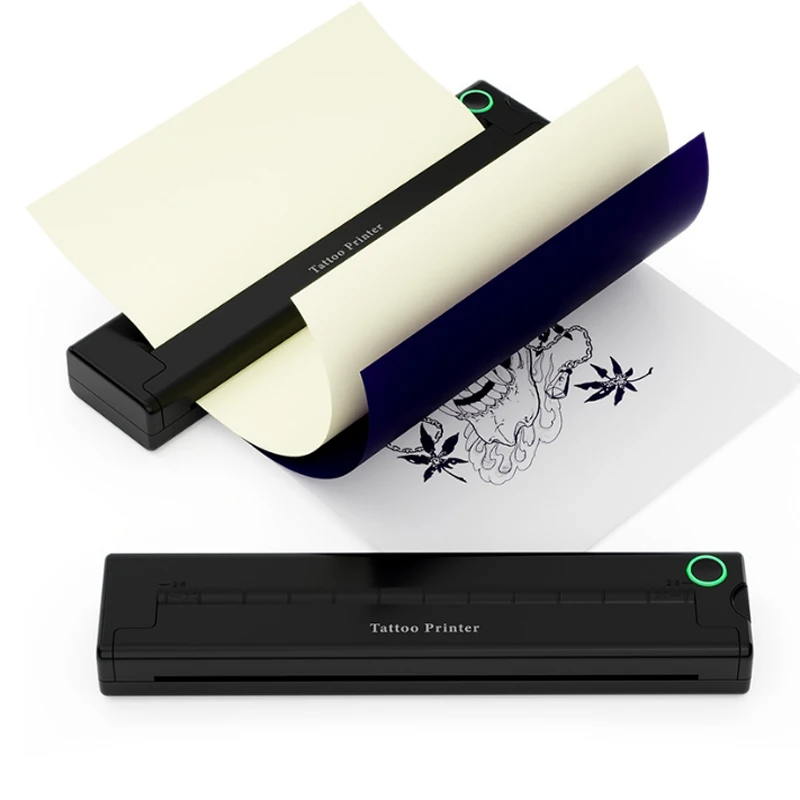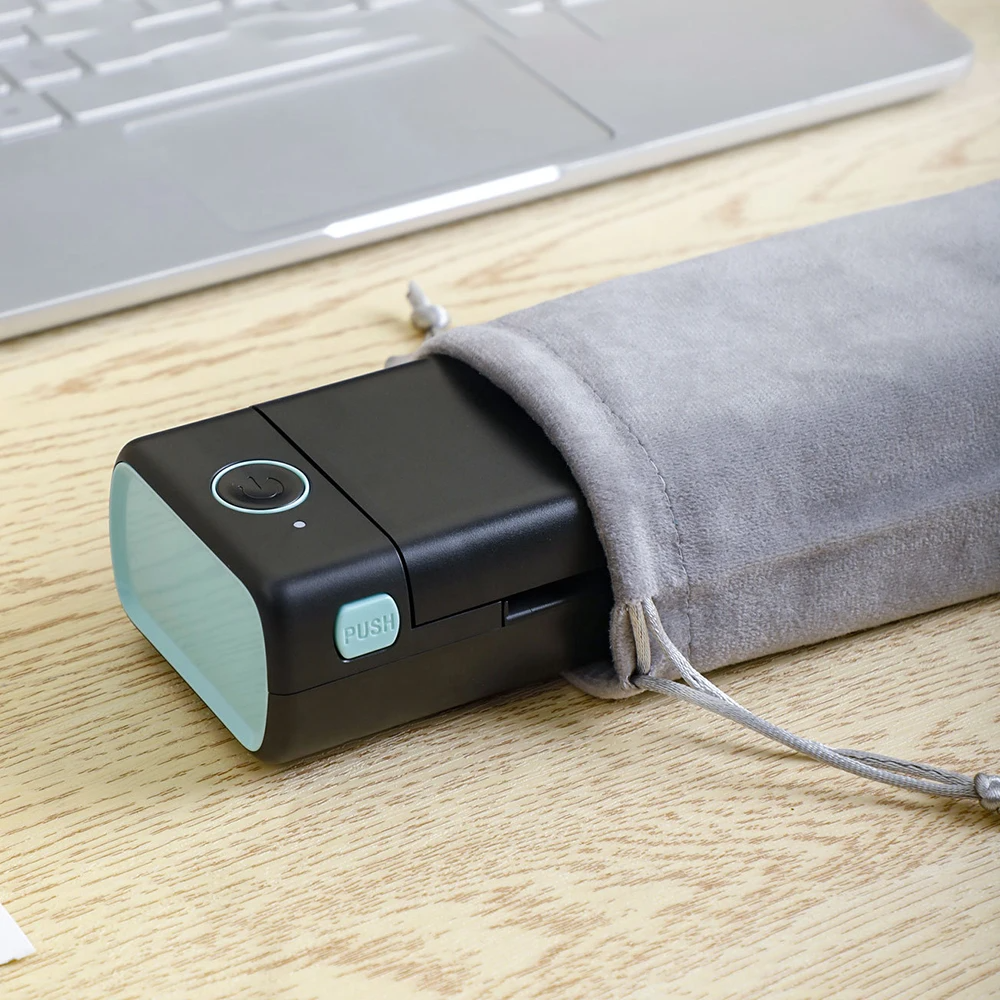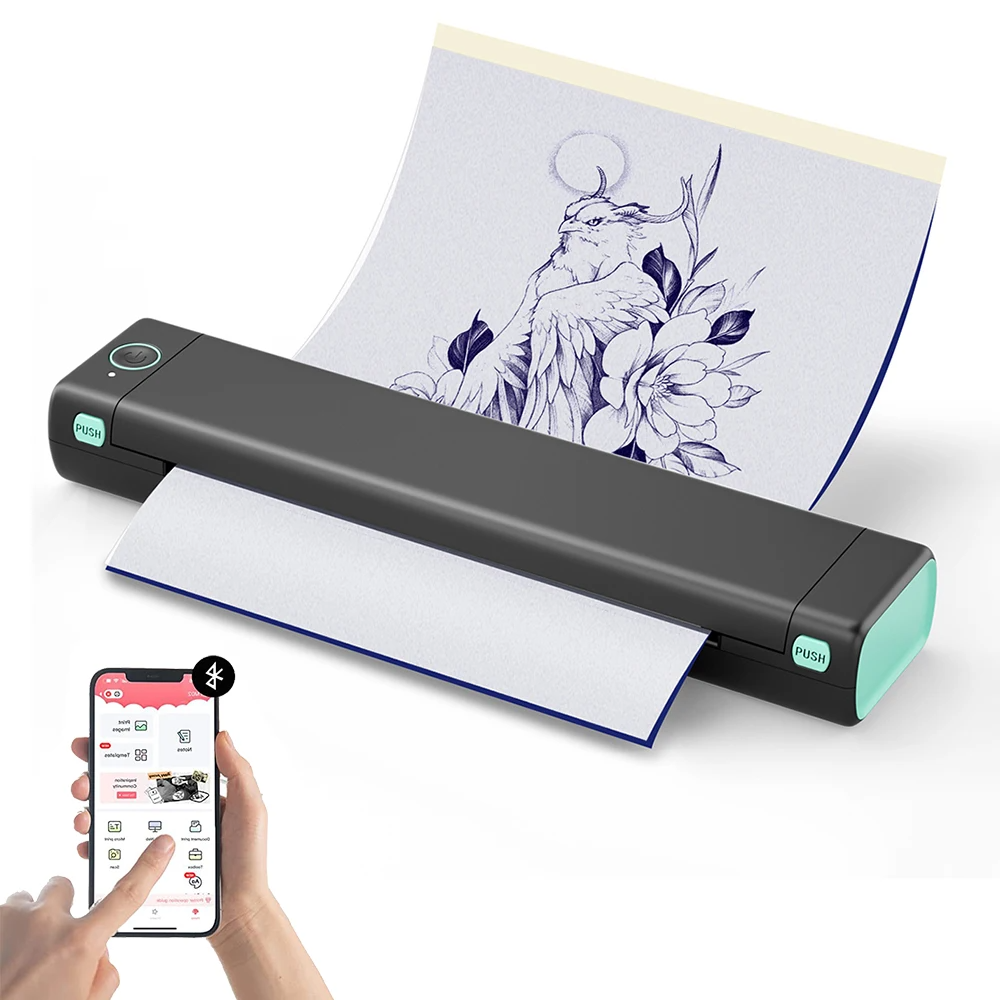Introduction: A New Era in Tattooing
The art of tattooing is as ancient as civilization itself. People have used tattoos to express identity, beliefs, and aesthetics for centuries. Traditional tattooing methods have relied heavily on manual skills, requiring years of practice and experience. Recently, technological advancements have given rise to a new innovation: the tattoo printer. This article delves into the dynamics, benefits, and implications of tattoo printers, exploring how they might revolutionize the future of body art.
What is a Tattoo Printer?
A tattoo printer is a machine designed to transfer ink onto the skin in a precise and controlled manner. Unlike traditional tattoo machines operated by human hands, these printers leverage technology to create designs. They aim to eliminate human errors and produce high-quality, intricate tattoos efficiently.
The Evolution of Tattooing Technology
From Needles to Machines
Tattooing began with rudimentary tools like sharpened bones or sticks. These early techniques required a high degree of skill and were often painful and time-consuming. As technology evolved, so did tattooing methods. The invention of electric tattoo machines marked a significant milestone, providing more precision and making the process quicker and less painful.
Birth of the Tattoo Printer
The tattoo printer represents the next evolution in this journey. It utilizes software, sensors, and inkjet technology to transfer designs onto the skin. Initially, tattoo printers were met with skepticism. Many questioned their ability to replicate the precision and artistry of human tattoo artists. However, continuous improvements have shown that these devices can produce impressive results.
How Tattoo Printers Work
The Technology Behind It
Tattoo printers employ multiple technologies to achieve their tasks. They use advanced sensors to read the contours of the skin and adjust the print head accordingly. This ensures that the design is applied evenly, regardless of the body part.
The software is another crucial component. Users can upload digital designs, which the printer then translates into a series of instructions for the print head. This software often allows for customization, enabling users to adjust size, density, and other attributes before printing.
Ink and Needles
Most tattoo printers use specialized inks that are safe for human skin. These inks need to be consistent in quality and viscosity to ensure precise application. The print head, equipped with ultra-fine needles, deposits the ink into the skin layers. These needles operate with high-speed precision, minimizing discomfort and ensuring even ink distribution.
User Interface
Tattoo printers come with user-friendly interfaces, often in the form of touchscreens. These interfaces allow users to control the machine, select designs, and customize settings. Some advanced models even offer wireless connectivity, enabling users to upload designs from their smartphones or computers directly to the printer.
Advantages of Tattoo Printers
Precision and Accuracy
One of the most significant advantages of tattoo printers is their precision. They can produce detailed designs that might be challenging for human hands to replicate. The precision ensures that even intricate patterns and fine lines come out perfectly, reducing the margin for error.
Time Efficiency
Traditional tattooing can be time-consuming, especially for large and complex designs. Tattoo printers accelerate the process by automating the ink transfer. What might take hours using a traditional method can be done in a fraction of the time with a printer. This increased efficiency is beneficial for both artists and clients, allowing more work to be done in less time.
Consistency and Reproducibility
Tattoo printers offer a level of consistency that is hard to achieve manually. Every design printed is identical to the original digital version, ensuring that clients get what they expect. This reproducibility is particularly advantageous for tattoo parlors looking to maintain a consistent quality across different artists and clients.
Accessibility for Beginners
For aspiring tattoo artists, mastering the traditional methods can be daunting. Tattoo printers reduce the learning curve, making it easier for beginners to start producing high-quality work. This democratization of the tattooing process ensures that more people can explore and excel in the field.
Potential Drawbacks
Artistic Integrity
One of the primary concerns surrounding tattoo printers is the potential loss of artistic integrity. Traditional tattooing is an art form that requires years of practice and skill refinement. Critics argue that relying on machines might undermine the personal touch and artistic input that human artists provide.
Technical Limitations
While advancements have been made, tattoo printers are not without their limitations. They may struggle with unusually complex designs or non-flat surfaces on the body. Moreover, technical malfunctions can disrupt the tattooing process, requiring the artist to have a backup plan.
Cost and Accessibility
High-quality tattoo printers come with a significant price tag. This might make them inaccessible for smaller tattoo parlors or individual artists just starting out. Additionally, the initial cost of buying and setting up the printer, along with maintenance and consumable expenses, can be substantial.
Industry Impact
Shifting the Business Model
Tattoo parlors may need to adapt their business models to incorporate tattoo printers. This includes training staff, reorganizing workflows, and possibly even redesigning studio spaces to accommodate the new equipment. For some, this transition could be smooth, while others might find it challenging.
Professional Development
Tattoo printers could influence how new artists are trained. Traditional apprenticeship models might evolve to include technical training on operating and maintaining these machines. This could broaden the skill sets of new artists, but it also raises questions about the future of traditional techniques.
Legal and Ethical Considerations
The rise of tattoo printers also brings up legal and ethical considerations. Regulations may need to be updated to ensure the safe and ethical use of these machines. Licensing, health standards, and intellectual property rights concerning digital designs are all areas that might need revisiting.
Market Potential
Growing Demand
The convenience and efficiency of tattoo printers are likely to attract a growing number of clients. People who were previously hesitant due to the time and potential pain involved in traditional tattooing might find the new technology more appealing.
Customization Market
Tattoo printers could open up new avenues for highly customized body art. With the ability to accurately reproduce digital designs, artists can offer more personalized options. This level of customization could attract a broader clientele, including those looking for unique and personal designs.
Integration with Other Technologies
Tattoo printers could potentially integrate with other emerging technologies, such as augmented reality (AR) and virtual reality (VR). These integrations could offer clients a more immersive experience, allowing them to preview their tattoos in a virtual environment before committing.
Case Studies and Examples
Early Adopters
Several pioneering tattoo studios have already started incorporating tattoo printers. For instance, a studio in Tokyo is using a custom-built tattoo printer to create intricate, culturally significant designs. The feedback has been overwhelmingly positive, with clients appreciating the precision and reduced discomfort.
Collaborations with Artists
Some artists have begun collaborating with tech companies to push the boundaries of what tattoo printers can achieve. These collaborations have resulted in innovative designs and new techniques that are rapidly gaining popularity. This trend suggests that traditional artists and technology can coexist and even enhance each other.
Client Experiences
Client testimonials often highlight the convenience and reduced pain associated with tattoo printers. Many appreciate the ability to see a digital preview of their tattoo, making them more confident in their decision. The positive experiences are driving word-of-mouth recommendations, increasing the demand for this new technology.
Future Prospects
Technological Advancements
The field of tattoo printing is still in its infancy, and significant advancements are expected. Future models might offer even more precision, faster operation, and additional customization features. The integration of AI could further enhance the capabilities of these machines, allowing for real-time adjustments and optimizations during the tattooing process.
Broader Acceptance
As technology improves, broader acceptance of tattoo printers is likely. Initial skepticism is understandable, but as more people experience the advantages firsthand, acceptance will grow. Industry veterans and newcomers alike will find value in this technology, making it a staple in the future of tattooing.
Potential Challenges
Despite the promising prospects, challenges remain. Maintaining a balance between innovation and tradition will be crucial. The tattooing community is deeply rooted in its history and culture, and any technological advancements must respect and honor that. Overcoming initial resistance and ensuring that technology complements rather than replaces human artistry will be key to success.
Conclusion: A Balanced Future
Embracing Technology While Honoring Tradition
The tattoo printer represents a significant leap in the art and practice of tattooing. Its potential benefits are immense, from improved precision and efficiency to broader accessibility for new artists. However, the concerns about artistic integrity and the initial costs cannot be ignored. Finding a balanced approach that embraces technological advancements while honoring the rich tradition of tattooing will be essential.
Final Thoughts
The future of tattooing is undoubtedly exciting. Tattoo printers open up new possibilities for artists and clients alike. As technology continues to evolve, it will be fascinating to see how artists adapt and innovate. The combination of human artistry and technological precision holds the promise of advancing the tattoo industry in ways previously unimagined. Embracing this change while respecting the past will ensure a bright and vibrant future for the world of tattooing.



